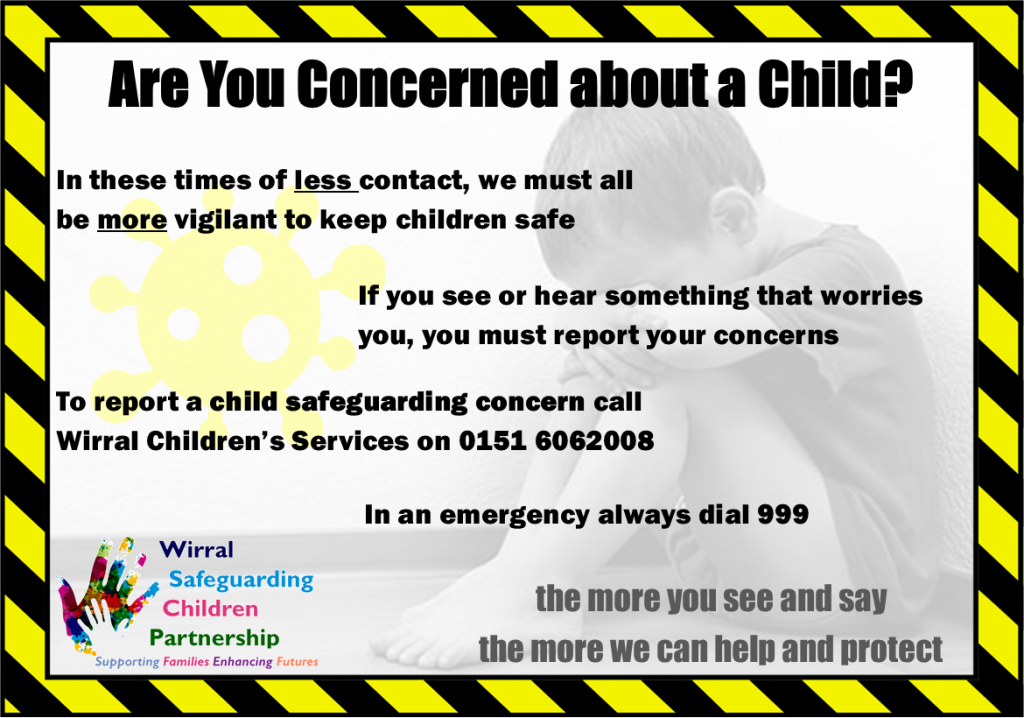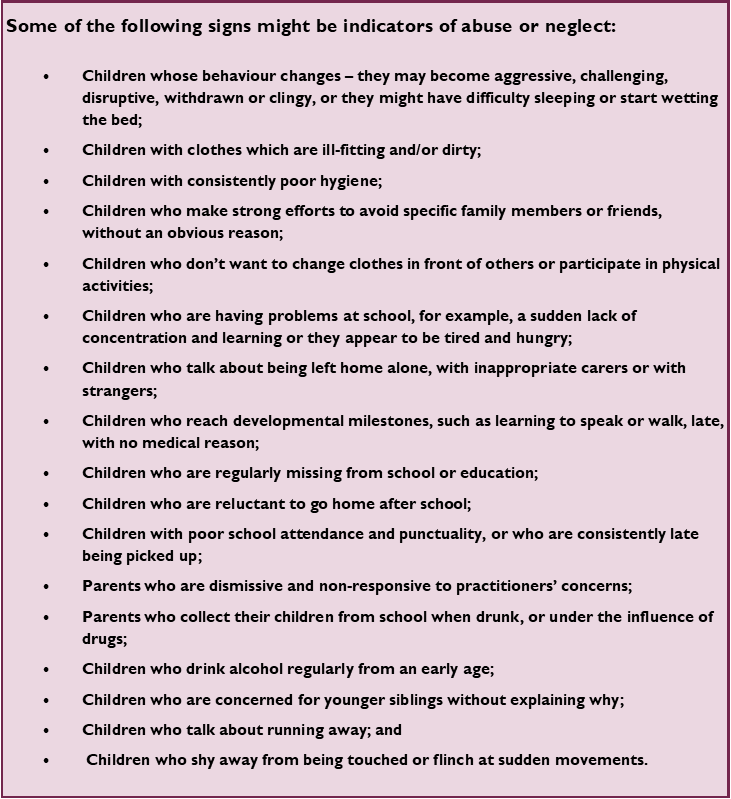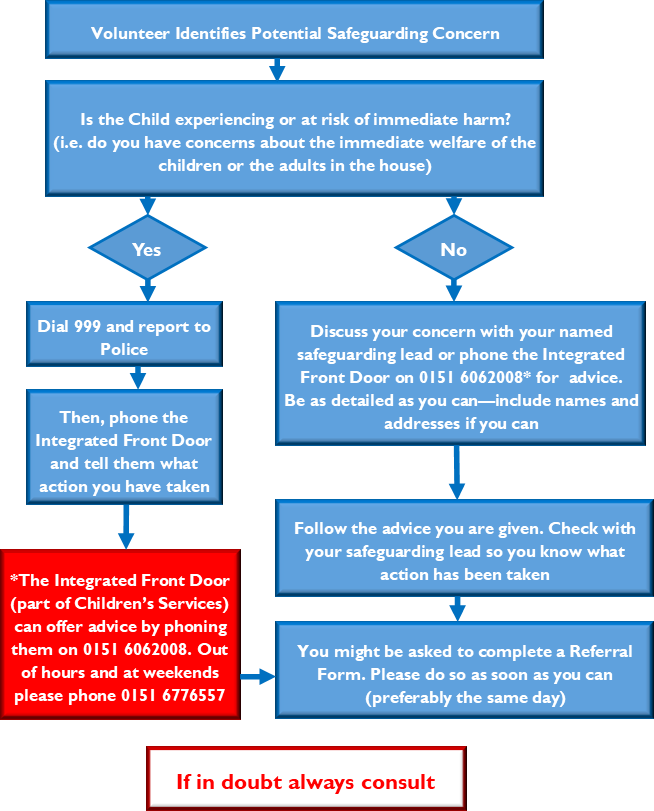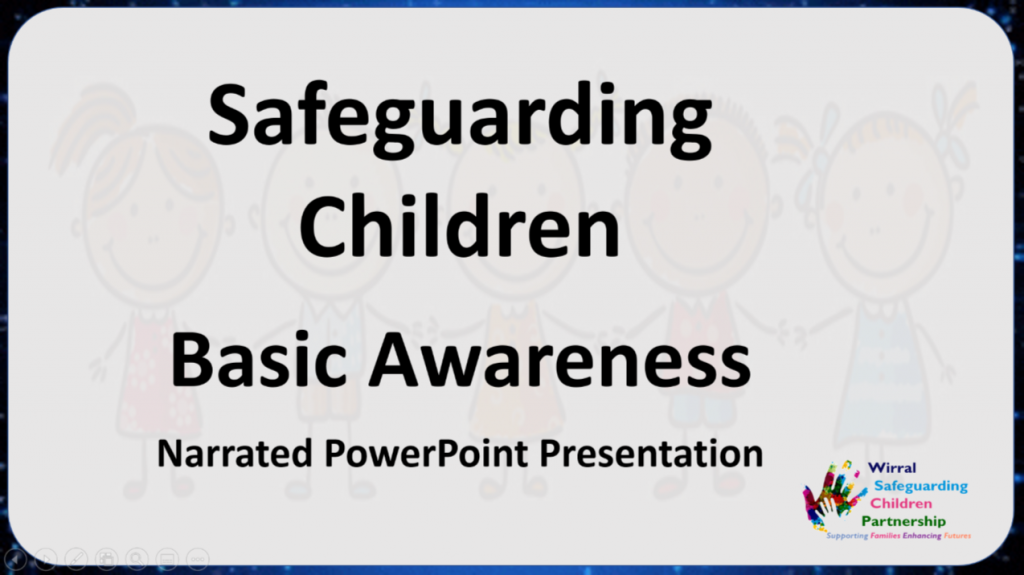Community Volunteers during Covid-19
Safeguarding is everyone’s responsibility, and our obligation to safeguarding children is ever more important in the current Covid-19 situation where vulnerable children may be more isolated and separated from support and services than ever before.
Every person who comes into contact with children and young people has a key role to play in ensuring they are safe and the WSCP wholeheartedly welcomes and supports the efforts being made by volunteers in ensuring that children are safeguarded and help is provided safely.
The purpose of this page is to set out some of the information, guidance and resources available to volunteers from the safeguarding partnership to support their efforts and address some of the safeguarding children anxieties they may have. By reading the information on this page all volunteers working through the current crisis should be reassured that they know what to do if they have safeguarding concerns about any child.
Two guidance documents are included below which will be of immediate help to you:
- Single Page Guide – What to do if you Have Concerns about any Wirral Child
- Multi-page Guide – Safeguarding Children: Basic Awareness for Volunteers
What is Safeguarding?
Safeguarding is the actions we all take to:
- protect children from abuse, neglect and maltreatment
- prevent harm to children’s health or development
- ensure children grow up with the provision of safe and effective care
- promote the welfare of children and the enable all children and young people to have the best outcomes.
The term children and young people refers to all those under the age of 18, and includes all those with disabilities up to the age of 25.
Effective safeguarding is about vigilance. It is certainly true that the more you know about safeguarding the more you potentially see. It is also true that all organisations and individuals whose work brings them into contact with children and young people must have an awareness of safeguarding. This website is a really good source of detailed information and guidance.
The key what-you-need-to-know facts about safeguarding are set out below and in the accompanying documents.
What is Child Protection?
People often talk about Child Protection. Child Protection aims to keep children safe where there is risk of significant harm. This may arise from a single event or a serious of concerns over time. Often the phrases ‘Child Protection’ and ‘Safeguarding’ are used synonymously, but they are quite distinct. Safeguarding refers to all children, whilst Child Protection refers distinctly to children at risk of significant harm.
Types of Abuse and Neglect
Abuse and neglect are forms of maltreatment – a person may abuse or neglect a child by inflicting harm, or by failing to act to prevent harm. Child welfare concerns may arise in many different contexts, and can vary greatly in terms of their nature and seriousness.
Children may be abused in a family or in an institutional or community setting, by those known to them or by a stranger, including, via the internet.
Every child’s experience will be different but common types of abuse and neglect are:
Physical abuse
This is deliberately physically hurting a child. It might take a variety of different forms, including hitting, pinching, shaking, throwing, poisoning, burning or scalding, drowning or suffocating a child.
Sexual abuse
This involves forcing or persuading a child to take part in sexual activities. This could be directly – by touching a child – or indirectly, for example, making a child watch sexual activities or act in a sexualised way online. It includes grooming a child in preparation for abuse, often via the internet. Child sexual exploitation is a form of sexual abuse.
Emotional abuse
This includes a child being repeatedly rejected, humiliated, bullied, or scared, and “denying” their self-worth.
Neglect
This is the repeated or continued failure to meet a child’s basic needs such as food, warmth, clean clothes, care and love. It also includes failing to supervise a child effectively, such as leaving a child at home alone for long periods and failing to provide an education and access to medical care.
Abuse and Neglect can happen in any family, but children may be more at risk if their parents have problems with drugs, alcohol and mental health or if they live in a home where domestic abuse happens
Common Signs of Abuse and Neglect
(Click on the Image for a bigger printable version).
More detailed information is published in the WSCP’s Thresholds document. This is a good guide about what the levels of need might be.
Contextual Safeguarding
Contextual Safeguarding refers to those risks to children and young people from outside of the family home which might make them unsafe. This can include:
- children in the community being vulnerable to crime, bullying or exploitation
- children in peer groups coerced into anti-social, criminal or abusive behaviour
- children vulnerable on the way to and from school and college
- children who are groomed and exploited online, including by those who would radicalise young people
Further information about Contextual Safeguarding is available on this website here:
https://www.wirralsafeguarding.co.uk/contextual-safeguarding/
What Role do Volunteers Play?
Even if your primary responsibility does not relate to children, many professionals will have the opportunity to observe and identify behaviour which could indicate a child is being abused or neglected. Even if you only encounter children infrequently as a volunteer you may observe possible abuse and neglect (e.g. when delivering items to family homes during the Covid-19 lockdown).
During your dealings with families, however briefly, you might recognise symptoms of abuse or neglect or witness dangerous, abusive or exploitative behaviour.
Please Remember to look after yourself
Dealing with such news may be very upsetting for you and, while it’s important to avoid taking your own action against an abuser, it may be helpful to get support for yourself at a later stage. Your employer should be able to help, or the NSPCC has a helpline for practitioner support on 0808 800 5000.
What to do if you have Concerns
There are generally two points to remember:
1. If the child is or appears to be at risk of immediate harm or being harmed always dial 999
2. If the child isn’t at immediate risk but you still have concerns about their welfare telephone children’s services through the Integrated Front Door on 0151 6062008.
If in doubt, always consult. The referral pathway is detailed below:
Reporting Concerns Flowchart (Click on Flowchart for a bigger printable version)
Safeguarding Children – Basic Awareness Narrated PowerPoint Presentation
If you don’t have PowerPoint installed please click here (links to Microsoft website)
Click on the image below to open the presentation.
To play the slideshow either click on file>slideshow>from beginning, or click on the slideshow icon in the bottom right hand corner of the presentation.
Safeguarding children – summary responsibilities of charity/voluntary/community organisations
If your charity/voluntary/community organisation works with children you should:
- establish good safeguarding policies and procedures that all trustees, staff and volunteers follow, which fit with the policies and procedures of the Wirral Safeguarding Children Partnership (a model policy which you can amend can be found here). Policies must include the Wirral referral pathway
- make sure all staff and volunteers receive regular training on safeguarding children (a basic awareness presentation is on this page)
- appoint a safeguarding lead to manage concerns, complaints, whistleblowing and allegations relating to safeguarding and child protection
- have clear policies when DBS checks are required, how you assess the level of check needed and how you handle the information
You must follow relevant legislation and guidance. See: https://www.wirralsafeguarding.co.uk/procedures/
UK Government Guidance
Safeguarding Factsheet for Community Volunteers from the Government
Safeguarding Factsheet Frequently Asked Questions
What to do if You are Worried a Child is being Abused
Working Together to Safeguard Children (2018)
a
Useful Links
WSCP What to do if you have Concerns about a Wirral Child Guidance Sheet
Reporting Concerns about a Child
WSCP Basic Awareness Guide to Safeguarding
WSCP Powerpoint based Safeguarding E-Learning and External E-Learning Links
WSCP – Safeguarding Responsibilities of Voluntary, Charity, Social Enterprise and Private Sector
Voluntary and Community Groups Safeguarding Guidance from the NSPCC




